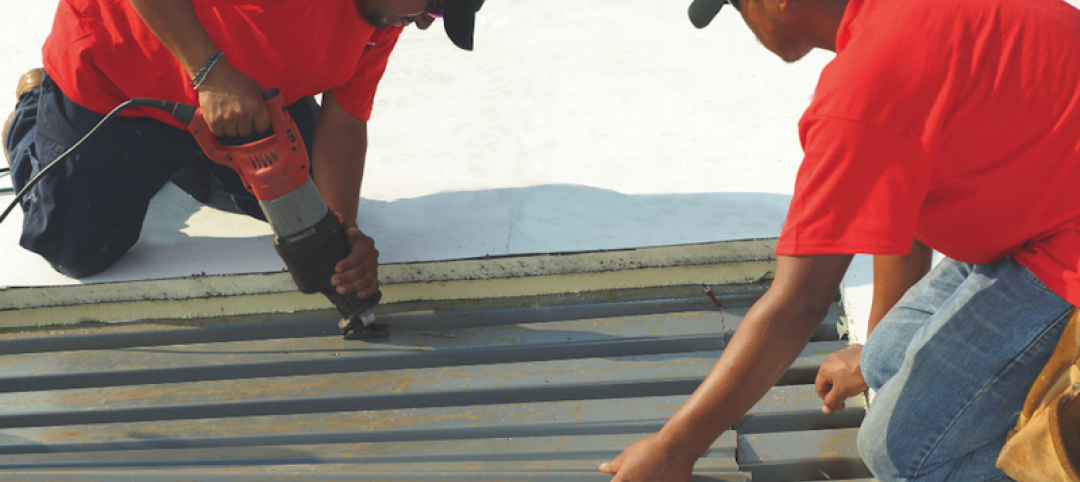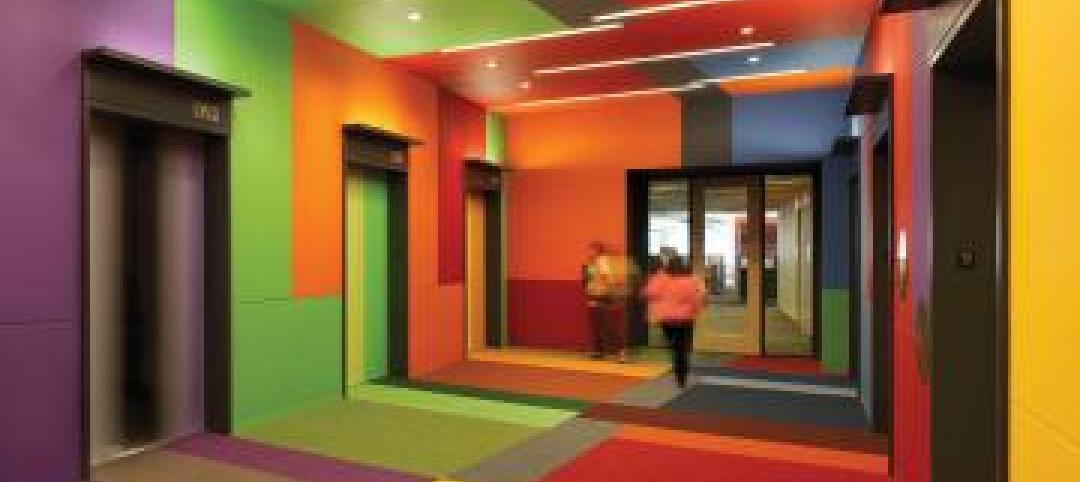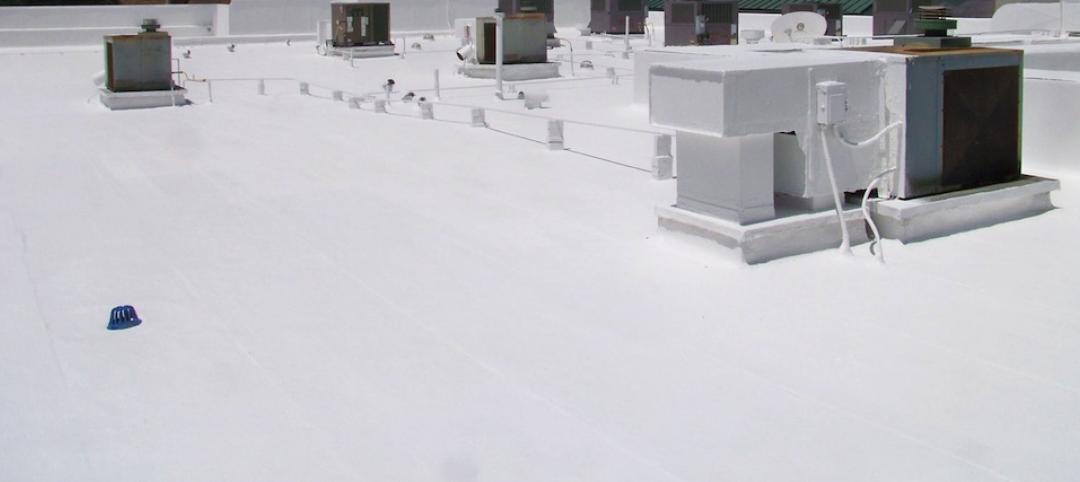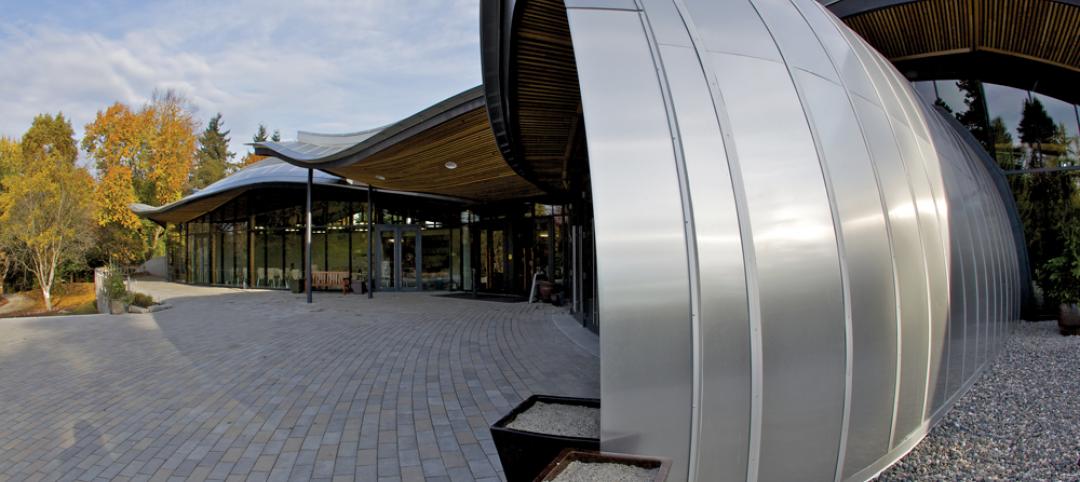Implemented in 2006 and extended in 2008, the solar Investment Tax Credit (ITC) has been invaluable when it comes to propelling solar projects forward. In fact, according to the SEIA, since the ITC went into effect it has helped solar installations in the U.S. grow by more than 1,600 percent – a compound annual growth rate of 76 percent.
Why? The ITC provides a 30 percent tax credit for both residential and commercial solar systems and assists with tax equity-based funding – a huge bonus for the solar community who often can’t fully utilize their tax benefits. For project developers, the ITC has brought both stability and flexibility.
Where the ITC is headed
With the ITC set to drop to 10 percent at the start of 2017, growth in the solar industry is expected to decrease significantly, leading organizations to worry what they will do when left with less subsidy support.
With the step down of the ITC looming on December 31, 2016, component prices, EPC models, development strategies, etc. are shifting as building design and construction professionals rush to get projects built.
 Solar abounds in the forward-facing Fujisawa
Solar abounds in the forward-facing Fujisawa
Market adapting to meet demand
With a hot deadline fast approaching, there’s no time for inefficiency. The solar community is beginning to adopt new financing models that help streamline the process so that solar can be implemented smoothly and remain the cost-effective solution that lower panel prices and the rise of Power Purchase Agreements have allowed it to become. In addition, financing innovations and green bonds have emerged, playing a key role in the industry today. With Panasonic’s streamlined solutions that integrate everything, from financing to long-term operations and maintenance, barriers are overcome and solar power is put into place, right in the nick of time.
The light at the end of the tunnel
Despite ITC concerns, the industry is pushing forward with new, innovative ideas. Smart cities that provide communities with everything they need to be sustainable are on the rise. In Japan, Panasonic has created the Fujisawa Sustainable Smart Town, where we offer our unique solutions from an Eco & Smart perspective by providing eight smart services – energy, security, mobility, healthcare, and community. With this concept, local residents can live a clean, sustainability-centered lifestyle.
Smart energy storage systems are also on the rise, making up roughly two percent of U.S. generation capacity – a number that is expected to grow. As more and more companies begin the large-scale introduction of renewable energy to their facilities and the grid, smart energy storage systems are becoming crucial. Why? They act as a stabilizer for intermittent renewable assets, serve as a backup power source in the event of a power outage, and help customers save money by avoiding premium pricing during peak demand.
With an eye on the horizon, we’re moving toward a future full of solar opportunity.
To learn more about Panasonic Eco Solutions, please visit us.panasonic.com/solarsolutions.
Related Stories
| Sep 19, 2013
Roof renovation tips: Making the choice between overlayment and tear-off
When embarking upon a roofing renovation project, one of the first decisions for the Building Team is whether to tear off and replace the existing roof or to overlay the new roof right on top of the old one. Roofing experts offer guidance on making this assessment.
| Sep 9, 2013
Top 25 continuing education courses on BDCuniversity
An overview of the 25 most popular continuing education courses on BDCuniversity.com.
| Jul 17, 2013
Should city parking space requirements be abolished?
Some cities are deliberately discouraging construction of new parking spaces by allowing the construction of buildings with a lower ratio of parking spaces to dwellings (as low as 0.75 spaces per residence).
| May 14, 2013
Paints and coatings: The latest trends in sustainability
When it comes to durability, a 50-year building design ideally should include 50-year coatings. Many building products consume substantial amounts of energy, water, and petrochemicals during manufacture, but they can make up for it in the operations phase. The same should be expected from architectural coatings.
| May 3, 2013
5 common failures in paints and coatings
As experienced designers, contractors, and owners know, most paint and coating problems are correctable, but some are especially stubborn to address. Here is a partial compendium of typical failure modes and methods for addressing the problem.
| Apr 24, 2013
Los Angeles may add cool roofs to its building code
Los Angeles Mayor Antonio Villaraigosa wants cool roofs added to the city’s building code. He is also asking the Department of Water and Power (LADWP) to create incentives that make it financially attractive for homeowners to install cool roofs.
| Apr 16, 2013
5 projects that profited from insulated metal panels
From an orchid-shaped visitor center to California’s largest public works project, each of these projects benefited from IMP technology.
| Mar 29, 2013
GAF offers commercial property owners up to $500 off first service visit
GAF, North America’s largest roofing manufacturer, knows that regular maintenance is critical for maximizing the life expectancy of every commercial roof. The recently enhanced WellRoof® Plus Program makes it easy and rewarding for commercial property owners to establish a roof maintenance program with a GAF Certified Maintenance Professional (CMP), who can exclusively offer this program.
| Mar 29, 2013
Stanford researchers develop nanophotonic panel that reflects sun's heat out of the atmosphere
Researchers at Stanford University have developed a nanophotonic material that not only reflects sunlight, but actually beams the thermal energy out of the earth's atmosphere.
| Mar 27, 2013
Small but mighty: Berkeley public library’s net-zero gem
The Building Team for Berkeley, Calif.’s new 9,500-sf West Branch library aims to achieve net-zero—and possibly net-positive—energy performance with the help of clever passive design techniques.
















